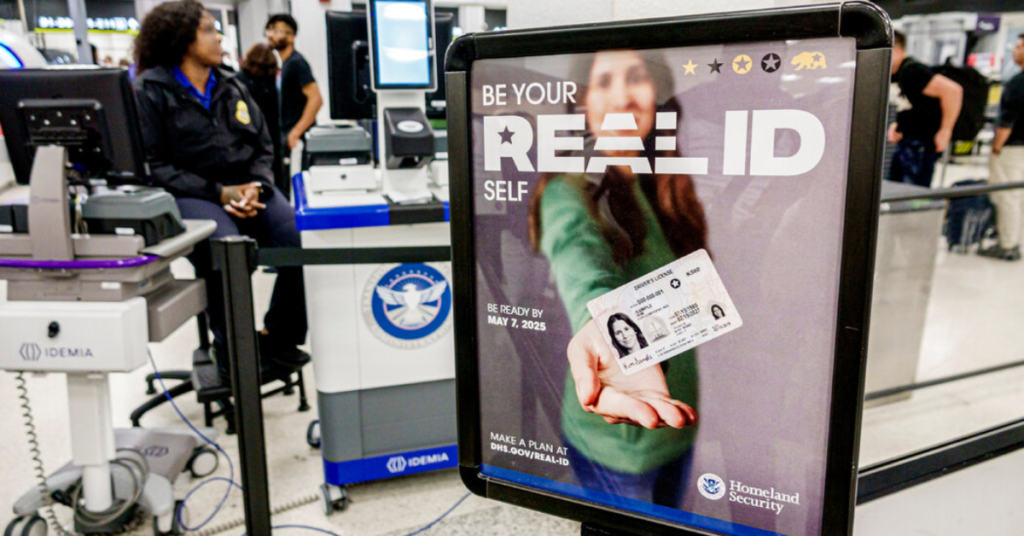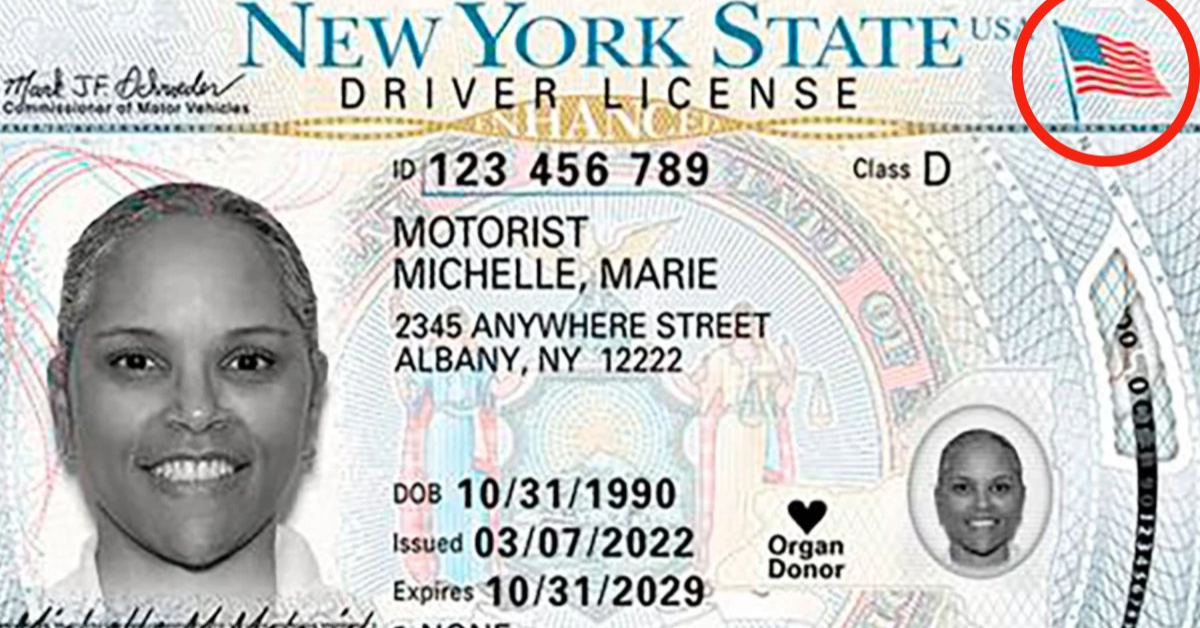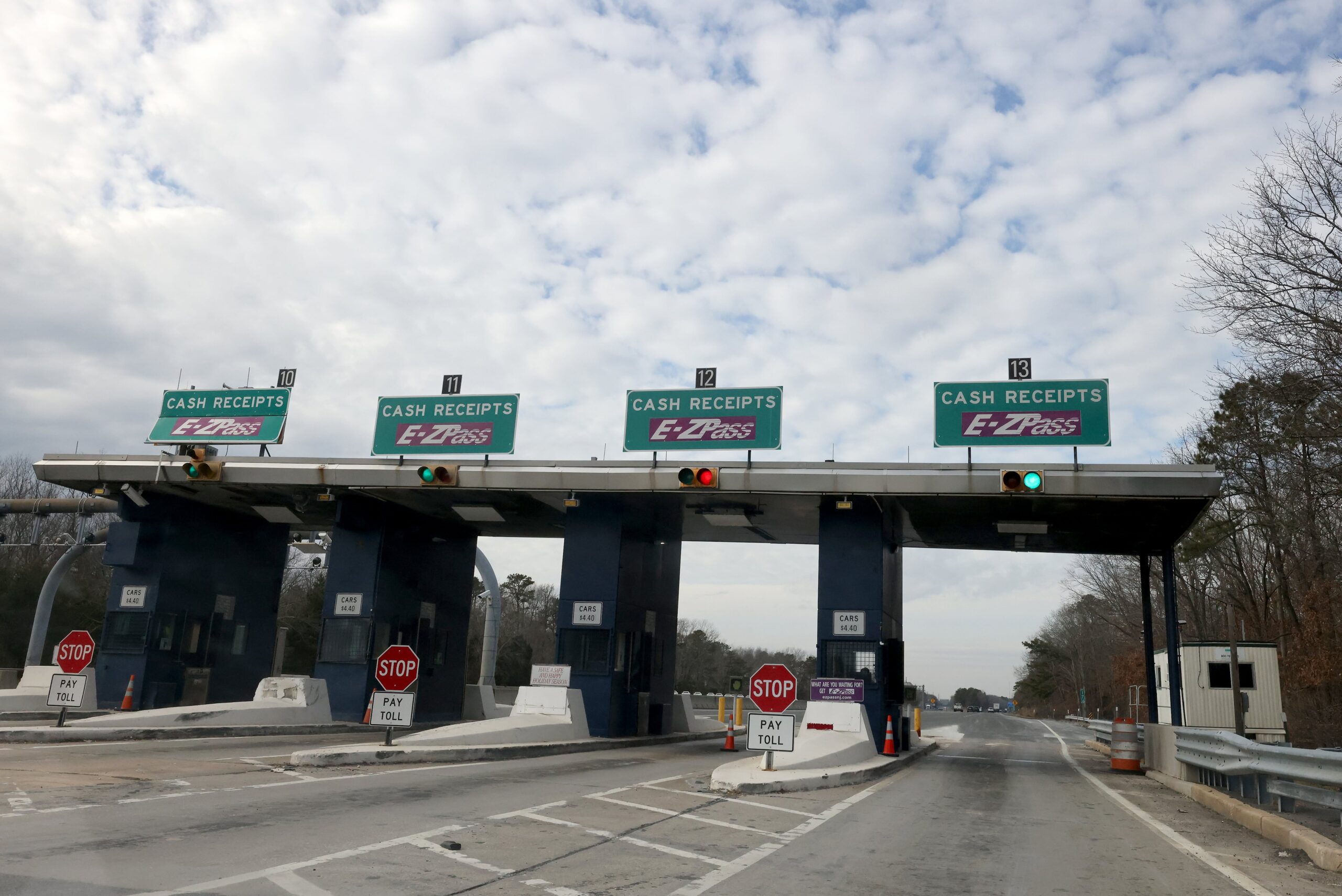The deadline for REAL ID is approaching, and millions of Americans are wondering if their current identification will be enough to board a domestic flight after May 7, 2025. With the new rules for travel and federal access in effect, it’s essential to understand how the REAL ID differs from the standard driver’s license and what this means for travelers.
What is REAL ID?
The REAL ID Act, which was passed by Congress in 2005, is a law that mandates U.S. citizens traveling domestically to use a REAL ID-compliant driver’s license or identification card. This law requires that a star be placed on the top-right corner of the ID to make it easily identifiable as a federally accepted form of identification.
As of now, all 50 states, the District of Columbia, and five U.S. territories (American Samoa, Guam, Northern Mariana Islands, Puerto Rico, and the U.S. Virgin Islands) are issuing REAL ID-compliant driver’s licenses and ID cards.
With the May 7, 2025, deadline for REAL ID quickly approaching, many people are unsure whether their current ID will meet the new standards. While most people will need to get a new ID to comply with the REAL ID rules, some residents will be exempt from this requirement if they already have an Enhanced Driver’s License (EDL).
Enhanced Driver’s License vs REAL ID
Enhanced Driver’s Licenses (EDLs) are available only in five states: New York, Michigan, Minnesota, Washington, and Vermont. These IDs are marked with the word “Enhanced” at the top and also display a U.S. flag. However, many people are confused about whether an EDL can be used for domestic travel like the REAL ID.
The good news is that Enhanced Driver’s Licenses are considered an acceptable alternative to the REAL ID. According to the Department of Homeland Security (DHS), if you have an EDL issued in one of these five states, you do not need to apply for a separate REAL ID. EDLs are already recognized as federally accepted identification for flying domestically and for accessing certain federal facilities.
However, it’s important to note that many EDLs do not feature the star marking that REAL IDs have. This difference is not an issue, as EDLs are still considered valid for domestic travel and federal access. These enhanced licenses also come with an added benefit: they are the only state-issued IDs that allow U.S. citizens to re-enter the country from Canada, Mexico, and certain Caribbean countries by land or sea. This is a privilege that REAL IDs do not provide.
Traveling Without a REAL ID: What You Need to Know
If you don’t have a REAL ID or EDL, don’t panic—you still have other options for domestic travel. U.S. travelers without either form of compliant ID can still use a valid U.S. passport or a DHS Trusted Traveler card, such as Global Entry, NEXUS, or SENTRI, to board domestic flights. However, children under 18 are not required to have a REAL ID when flying domestically with an adult who has acceptable identification, according to TSA guidelines.

Federal officials emphasize that the REAL ID Act is not a national identification system. While each state issues its own IDs, the law requires that all state-issued IDs meet a federal minimum standard to be accepted for air travel and access to certain federal buildings. There is no federal database tracking these IDs—each state maintains its own records and determines how IDs are issued.
What Happens After the REAL ID Deadline?
The May 7, 2025, deadline for REAL ID compliance is now just around the corner. As that date nears, many Department of Motor Vehicles (DMV) offices are experiencing long wait times as people rush to update their IDs. If you still have a standard driver’s license without the star, you will need to get a REAL ID by the deadline to use it for domestic flights or access federal facilities.
For those with an Enhanced Driver’s License, however, no further action is required. If you already hold an EDL in one of the five issuing states, your license is already compliant with federal regulations, and you can continue to use it for travel without the need for a REAL ID.
It’s important to note that the REAL ID deadline does not affect international travel. Even with a REAL ID or EDL, you will still need a passport for international flights. These IDs will not grant you access to international airports or allow you to board international flights.
What TSA and DHS Officials Are Saying
TSA Administrator David Pekoske has urged travelers to ensure their IDs are REAL ID-compliant before the May 2025 deadline. Pekoske emphasized the importance of identity verification for security reasons and the role of the REAL ID in ensuring smooth travel and safety at airports.
“Identity verification is foundational to security,” Pekoske said in January. “I urge those who use a driver’s license or state-issued identity card as their primary form of identification to ensure these credentials are REAL ID-compliant. We are committed to working with the public and state licensing agencies to help everyone transition smoothly to REAL ID enforcement starting May 7, 2025.”
What’s Next?
With the May 7 deadline fast approaching, federal agencies, including the DHS and TSA, will only accept state-issued IDs that meet the REAL ID standards for access to federal facilities and TSA security checkpoints. For those still holding a standard driver’s license, it’s crucial to apply for a REAL ID soon to avoid disruptions to travel plans.
Residents who already have an Enhanced Driver’s License issued in New York, Michigan, Minnesota, Washington, or Vermont will not need to take any additional steps, as their EDL will continue to meet federal standards.
Remember, the REAL ID deadline is a significant change that will affect your ability to travel domestically and access federal buildings. Make sure you have the correct identification well before the deadline to avoid last-minute delays.
Disclaimer: This article has been meticulously fact-checked by our team to ensure accuracy and uphold transparency. We strive to deliver trustworthy and dependable content to our readers.








